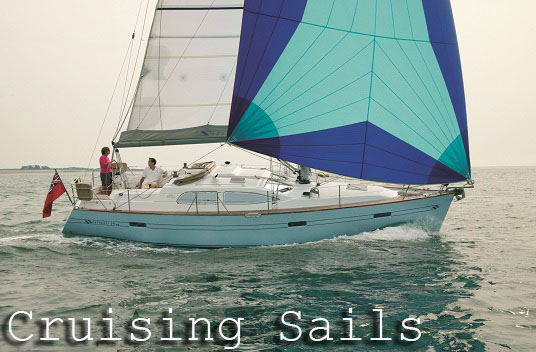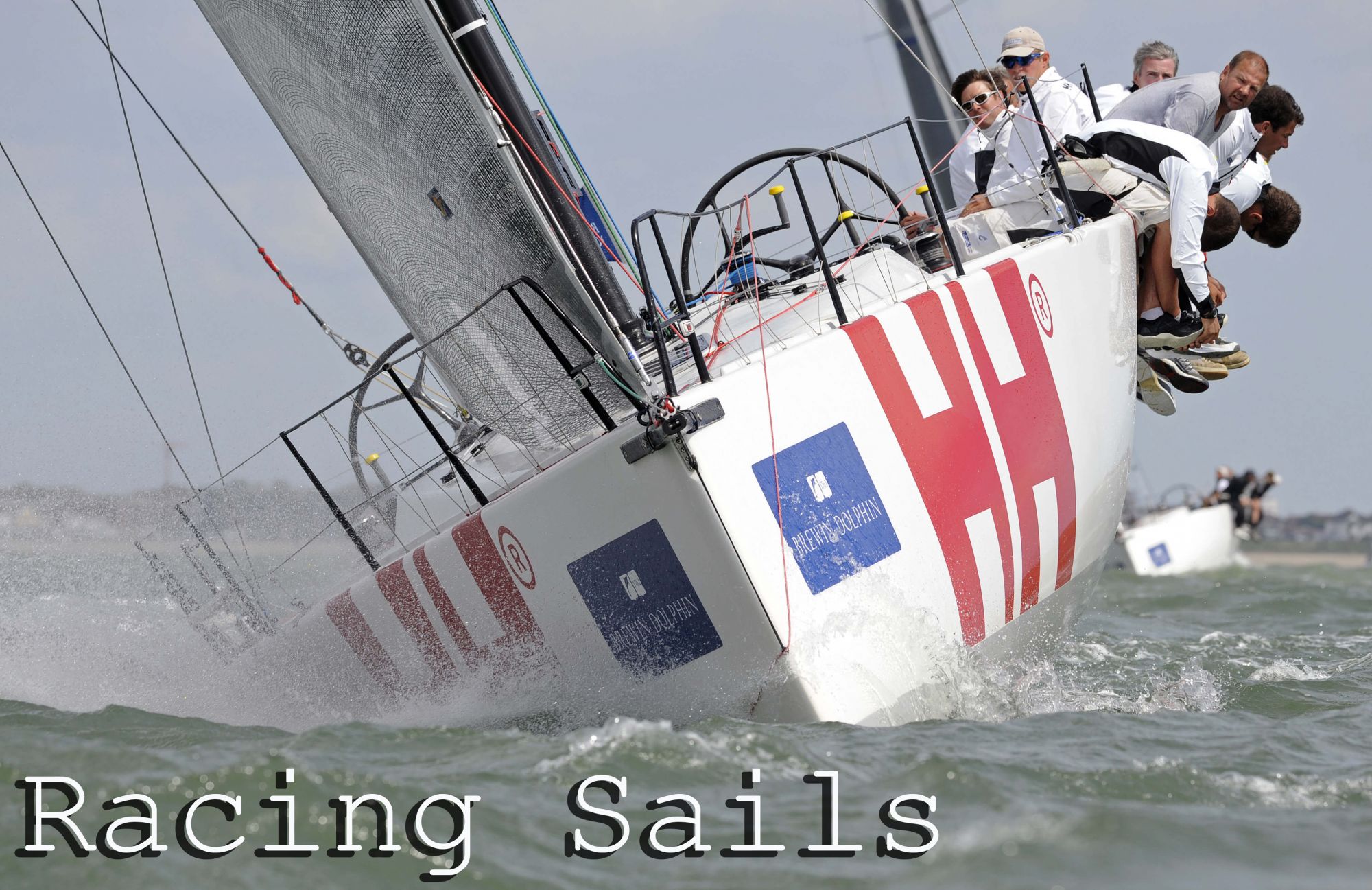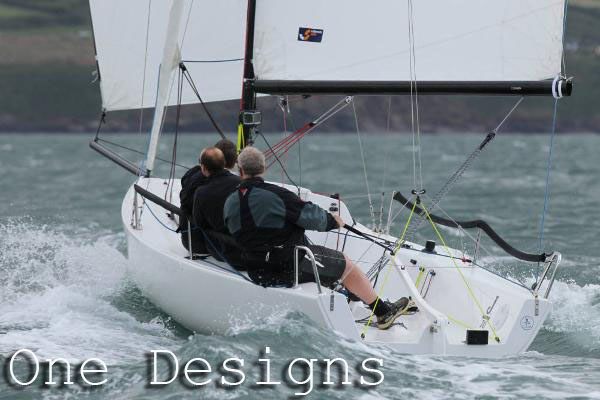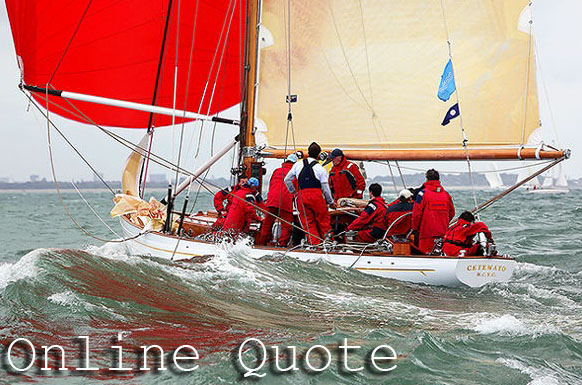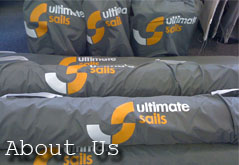30th April 2024« All News Items
Make the most of your sail inventory
How do I get the best out of my sails is the most common question we get asked and it’s the best way to start a conversation with your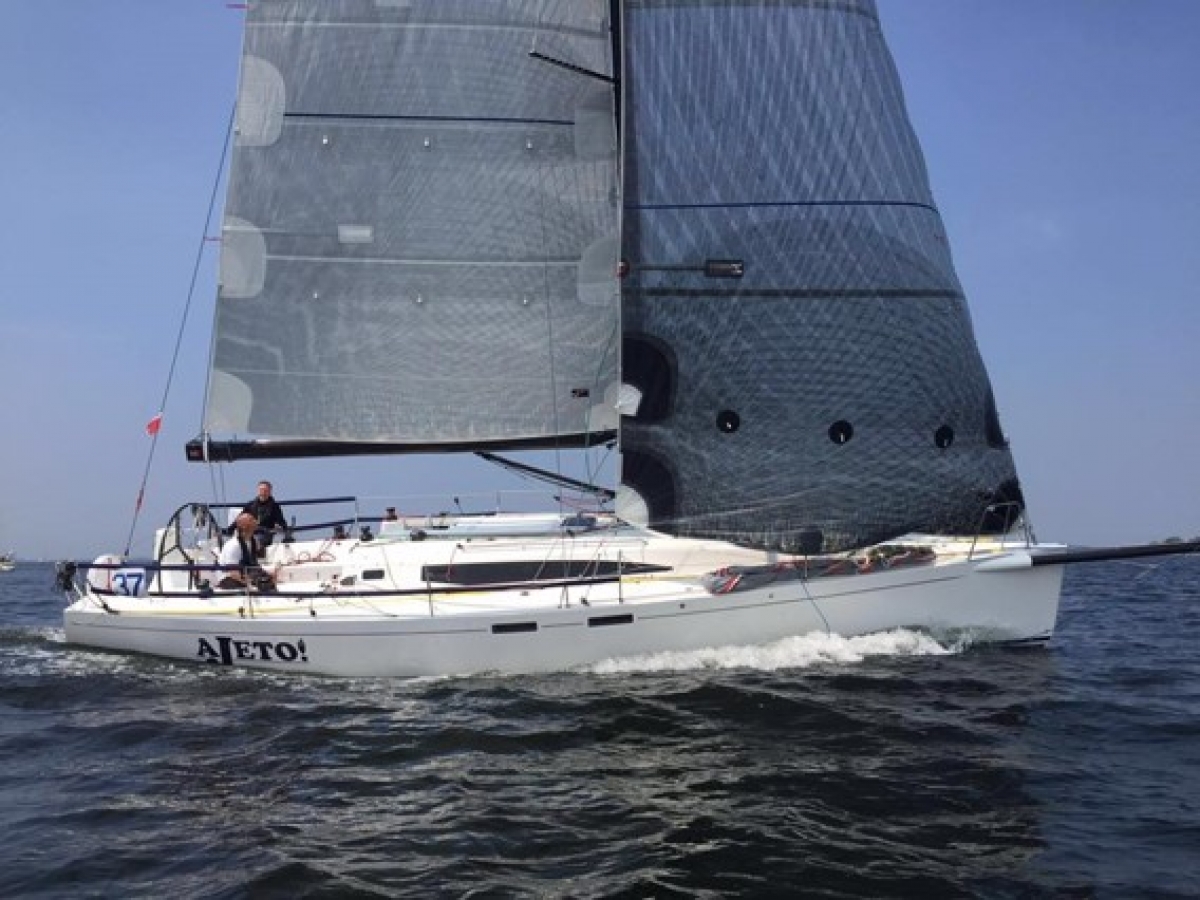 sailmaker. How can I optimise my sails for manoeuvres and for shorthanded sailing? Can my sails be designed to cover a wide range of conditions, so I don’t have to keep performing sail changes? How can I optimise my sail wardrobe for a better rating without taking a hit on performance? What types of sails will improve my overall performance?
sailmaker. How can I optimise my sails for manoeuvres and for shorthanded sailing? Can my sails be designed to cover a wide range of conditions, so I don’t have to keep performing sail changes? How can I optimise my sail wardrobe for a better rating without taking a hit on performance? What types of sails will improve my overall performance?
These are all typical questions we get asked at Ultimate Sails and they are ones Kevin Sproul addressed as a guest speaker in a JOG webinar on sails and ratings.
Optimising your sails for performance is one element but another important factor is ease of handling. Sails which are easier to handle can enable sailors and their crew to change gear quicker this can gain you an advantage in a race situation and make for happier crew when cruising with less stress on board.
So as an owner what are your options when it comes to optimising your performance, taking how they handle into consideration and without having a negative impact on your rating.
MAINSAILS
When it comes to your mainsail have you considered replacing your bolt rope with luff slides or cars if you are sailing shorthanded? The technology in these has significantly improved and they make it a great deal easier to hoist and lower and the mainsail. When used in conjunction with lazy jacks and a stack pack cover option the mainsail will drop easily into the system saving time and also prolonging the life of your sail through less handling and therefore less general wear and tear.
Sailors should also consider batten layout options. Full length batten mainsails are generally easier to drop in comparison to sails with short battens, but the added weight and expense of long battens and cars doesn’t translate into better performance. Full length battens also cause a lot of wear to the sail where the batten sits against the shrouds when sailing downwind. This is especially noticeable on boats with swept back spreaders. ¾ length battens are a good cost-effective option if you want a sail that drops neatly onto the boom. The more common/traditional full length top and short leech batten sail is the lightest and therefore easiest to hoist, suffers less wear from pressure points between battens and shrouds, is cost effective and allows more definition in sail design.
HEADSAILS
There are two main headsail options, a Genoa (overlapping) and a Jib (non-overlapping). Once you have looked at the size of the headsail there are then a few more elements which can help optimise it. Do you go furling or hanks? How about reefing points, and what are your options when it comes to the battens?
This is where our conversation can help.
A Jib is the ideal headsail for ease of handling, and it provides greater visibility to the crew as its non-overlapping. It can come with soft hanks in the form of webbing or buckles, short battens to help it hold it shape and reefing points which are adjustable from the cockpit for safety.
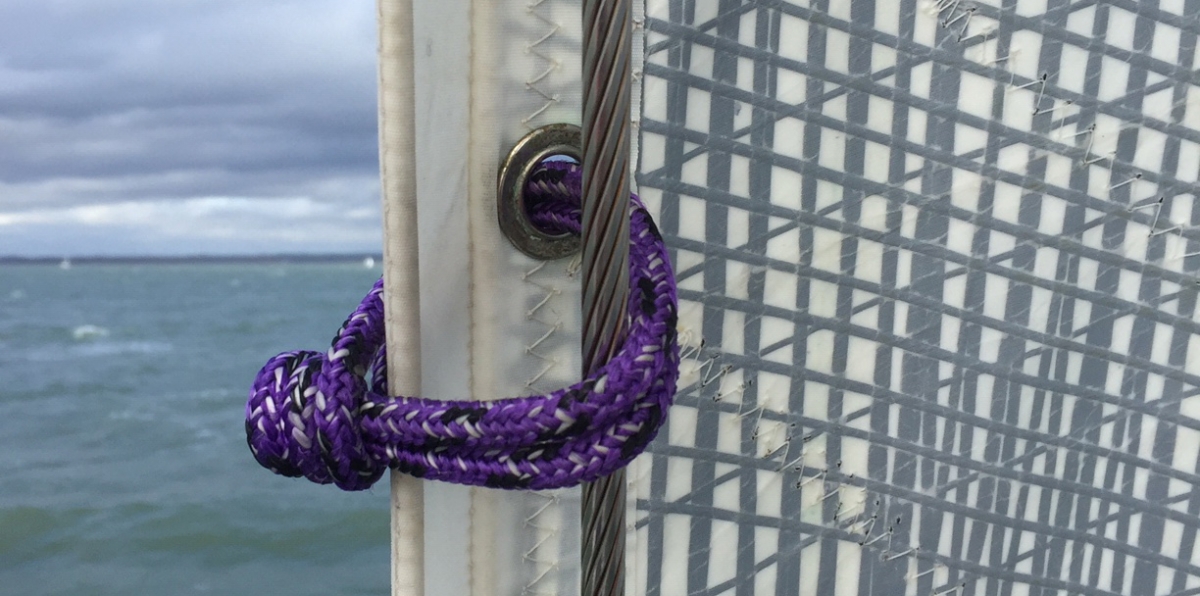 Optimum Headsail:
Optimum Headsail:
- Jib for ease of handling / visibility
- Soft hanks – rope
- Reef set with raised clew
- Reef sheet lead through clew ring
- Tack reef adjustable from cockpit
Optimum Headsail:
- Leech reef with spectra loop to enable easy attachment of reef sheet
- Reef set with raised clew
- Reef sheet lead through clew ring
- Tack reef adjustable from cockpit
Optimum Headsail: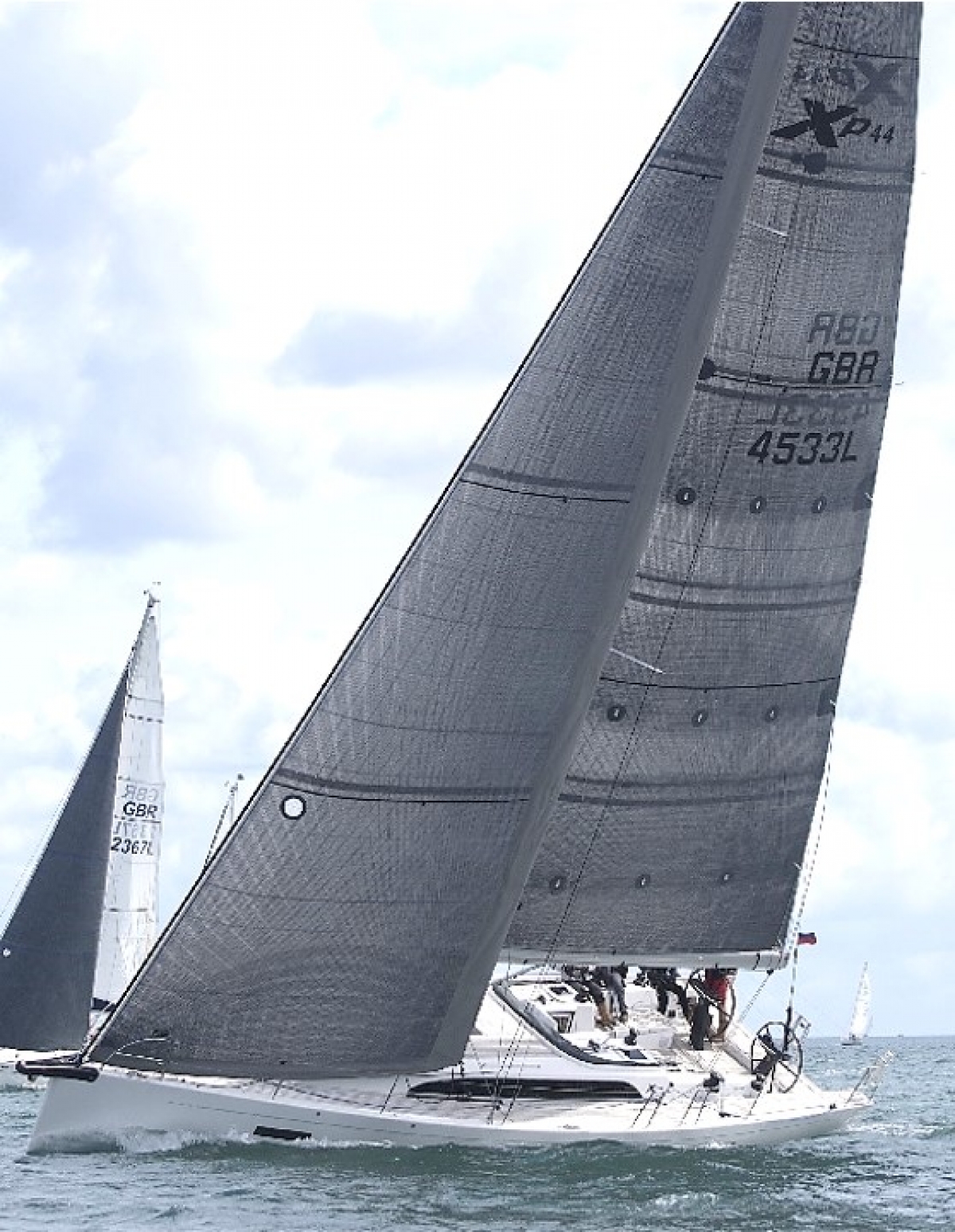
- Furling Jib for ease of handling / visibility
- Vertical battens
- UV guard
- More efficient when reefed than a Genoa
- Less efficient when reefed than Jib with hanks
DOWNWIND
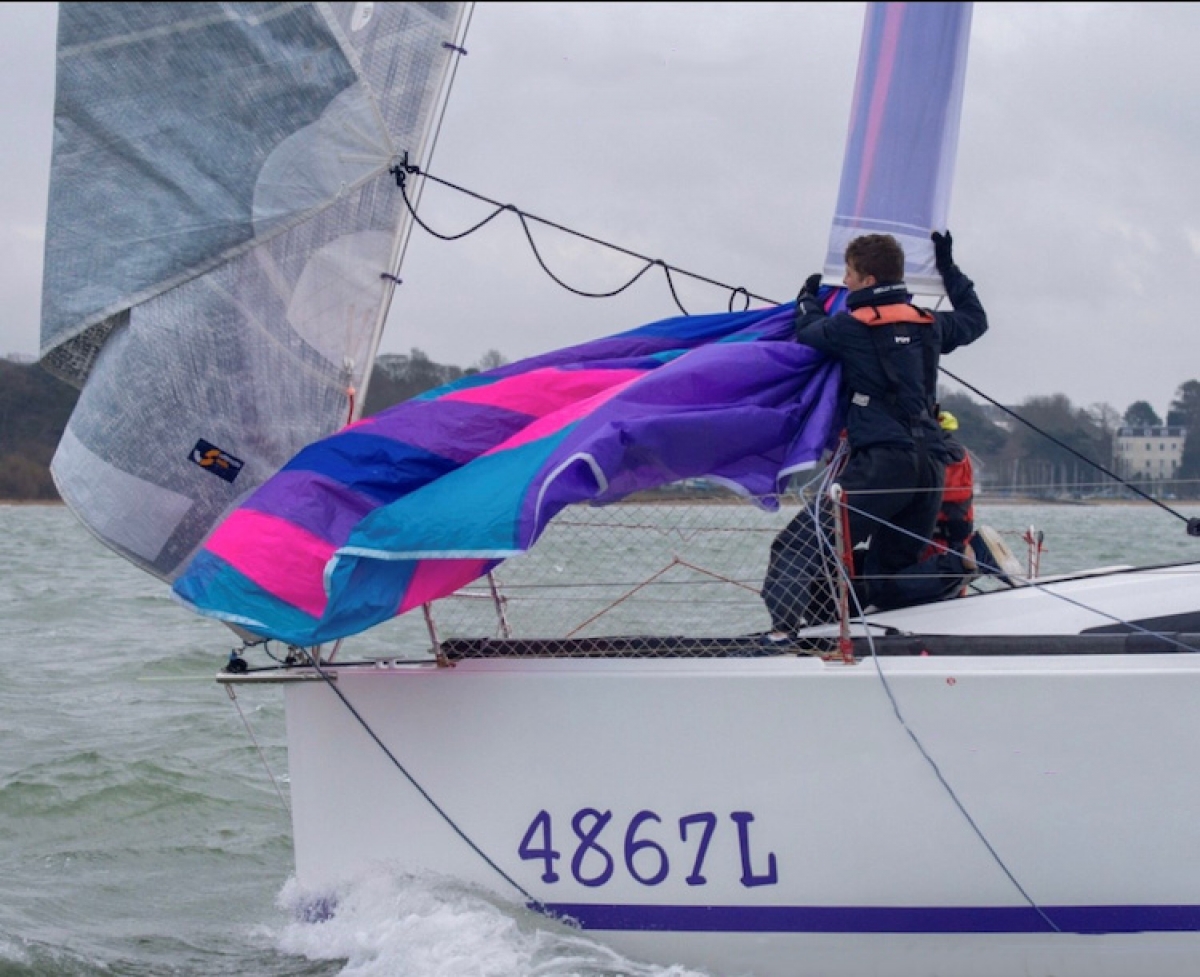 When it comes to downwind sailing, there are two options: Symmetric Vs Asymmetric. Your choice of boat it likely to dictate this, however there are some additional options which can once again make sail changes easier.
When it comes to downwind sailing, there are two options: Symmetric Vs Asymmetric. Your choice of boat it likely to dictate this, however there are some additional options which can once again make sail changes easier.
The snuffer, this can be used on both to speed up hoists and drops particularly when sailing shorthanded or with unfamiliar crew. With a snuffer there is no compromise on sail shape, and the technology is always being updated to make them easier to use.
Asymmetric sails can be furled. However, with this option there is a compromise, and the sail will be flatter and therefore not optimised for speed angle downwind.
Our top tips for sail design thoughts for IRC optimisation:
Always remember smaller sails = lower rating = slower boat
- Aim to keep sail area Vs displacement ratios for shorthanded racing
- Average race time 60% upwind & 40% downwind. Rating calculated in 12 – 15 kts
- Try not to carry sails that increase rating but don’t get used much
- Maximise the wind range of each sail
Best bang for buck – the IRC Code “0”:
A Code “0” is the flattest sail you can have with it still measuring as a spinnaker. The definition is when the mid-
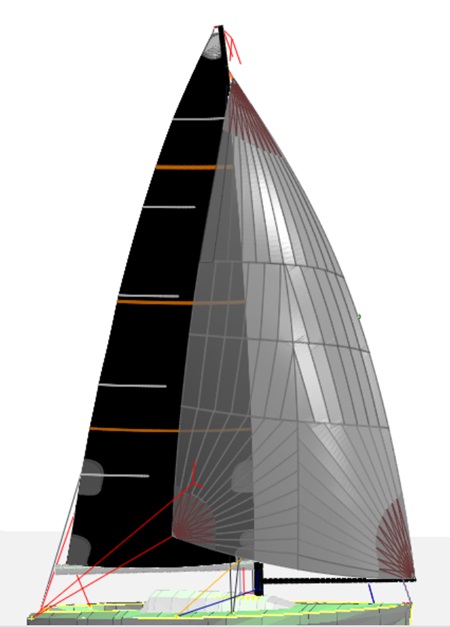
girth measures 75% of the foot length. These sails can be used for very tight reaching in light and medium winds and for broader reaching in up to 22kts. They can easily increase performance by 10% in comparison to a jib at tighter angles than a spinnaker can be carried. Here’s why we consider them the hidden gem in the wardrobe.
- Rates as a spinnaker so no increase in rating
- Widest wind speed range and wind angle range of any sail
- Can be furled or used with a snuffer on smaller boats
- Can be used on a bowsprit or spinnaker pole
- Biggest increase in performance of any sail for most boats
Start your conversation with Ultimate Sails today so you can optimise your time on the water this season.




